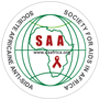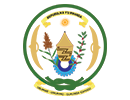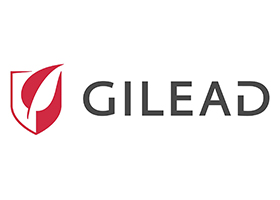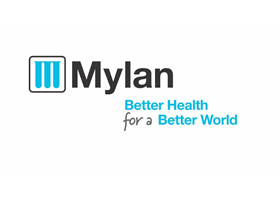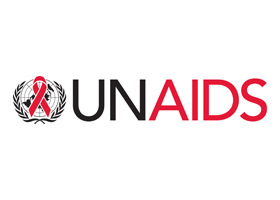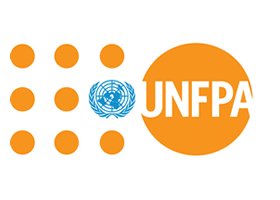Time: 10.45 to 12.45
Room: MH3
Reporter: Ange G. Itaramirwe
Global Program Overview: This key results and lessons learned in Cambodia, Jamaica, Kenya Papua New Guinea and Rwanda through the European Commission-UN Women prgramme supporting Gender Equality in the context of HİV/AİDS (2009_2013) was that significant progress and changes can be made when investments are targeted to implement commitment on Gender equality in the HİV response. This requires empowering the leadership and ensuring the participation of women and girls especially those living with HİV.
KEY GLOBAL COMMİTMENTS AND STRATEGİES ON GENDER, WOMEN AND HIV
- Convention On The Elimination of all Forms of Discrimination Against Women (CEDAW) (1979)
- Beijing Declaration and Platform for Actions (1995)
- United Nations Millennium Declaration
- United Nations General Assembly (2000)
- Political Declarations on HIV/AİDS
- United Nations General Assembly (2001, 2006)
THE KEY UN DOCUMENTS AND STRATEGİES ON GENDER WOMEN AND HIV
- UNAIDS Agenda for Accelerated country action For women, girls, gender, Equality and HIV (2010)
- Getting to zero: 2011-2015 strategy (UNAİDS 2011)
WHAT WE HAVE LEARNED
- Integration of gender equality as a working principle in national HİV strategic action plan is facilitated when there's a respected gender advocate working within an organization.
- Transforming the gender focused national HİV responses into action requires greater and more sustained investment in political advocacy and technical skills building.
- Long term vision and investment are also essential for promoting the leadership of woman living with HİV and building strong networks.
- Leadership happens at all levels and takes many forms


